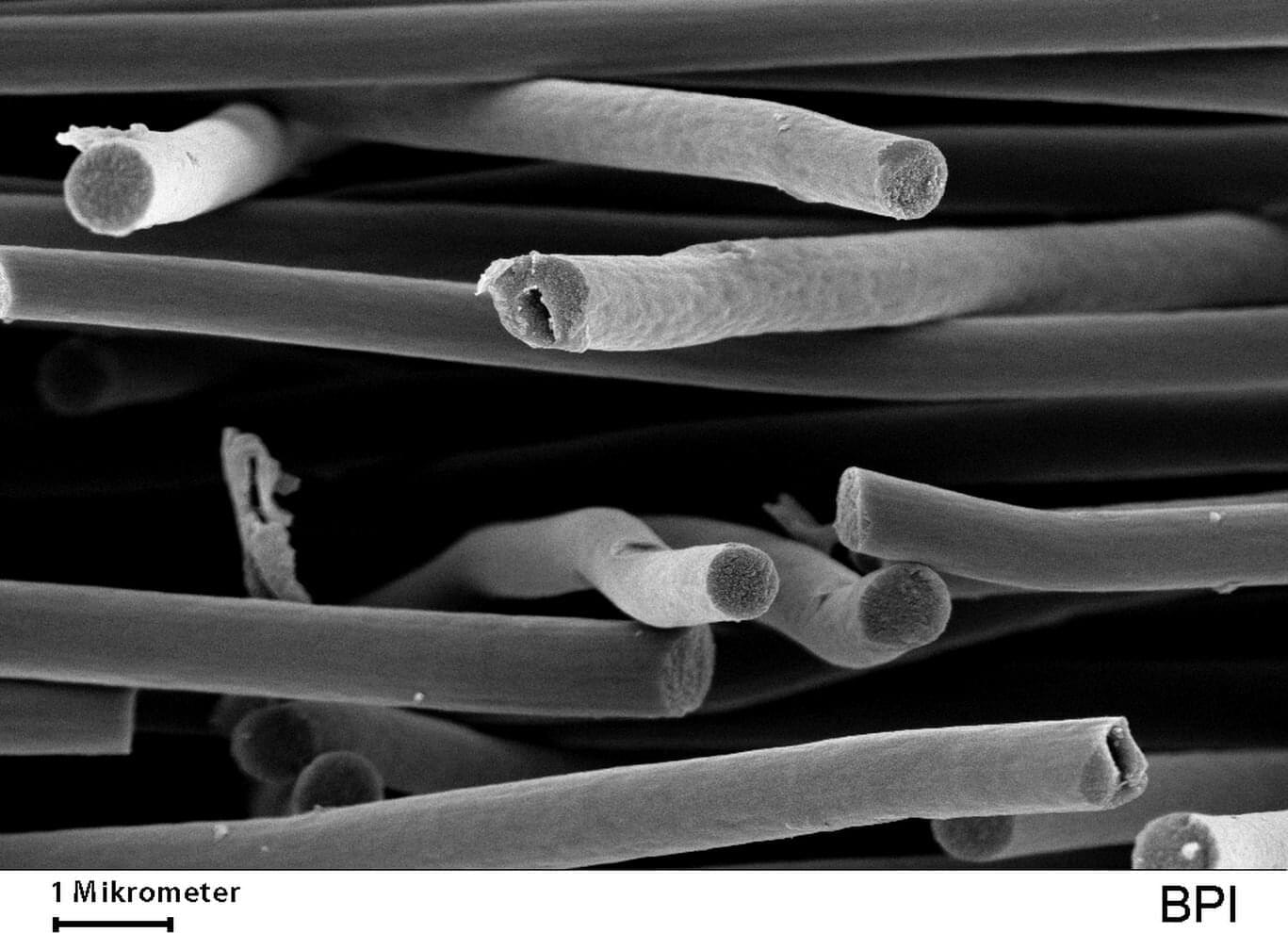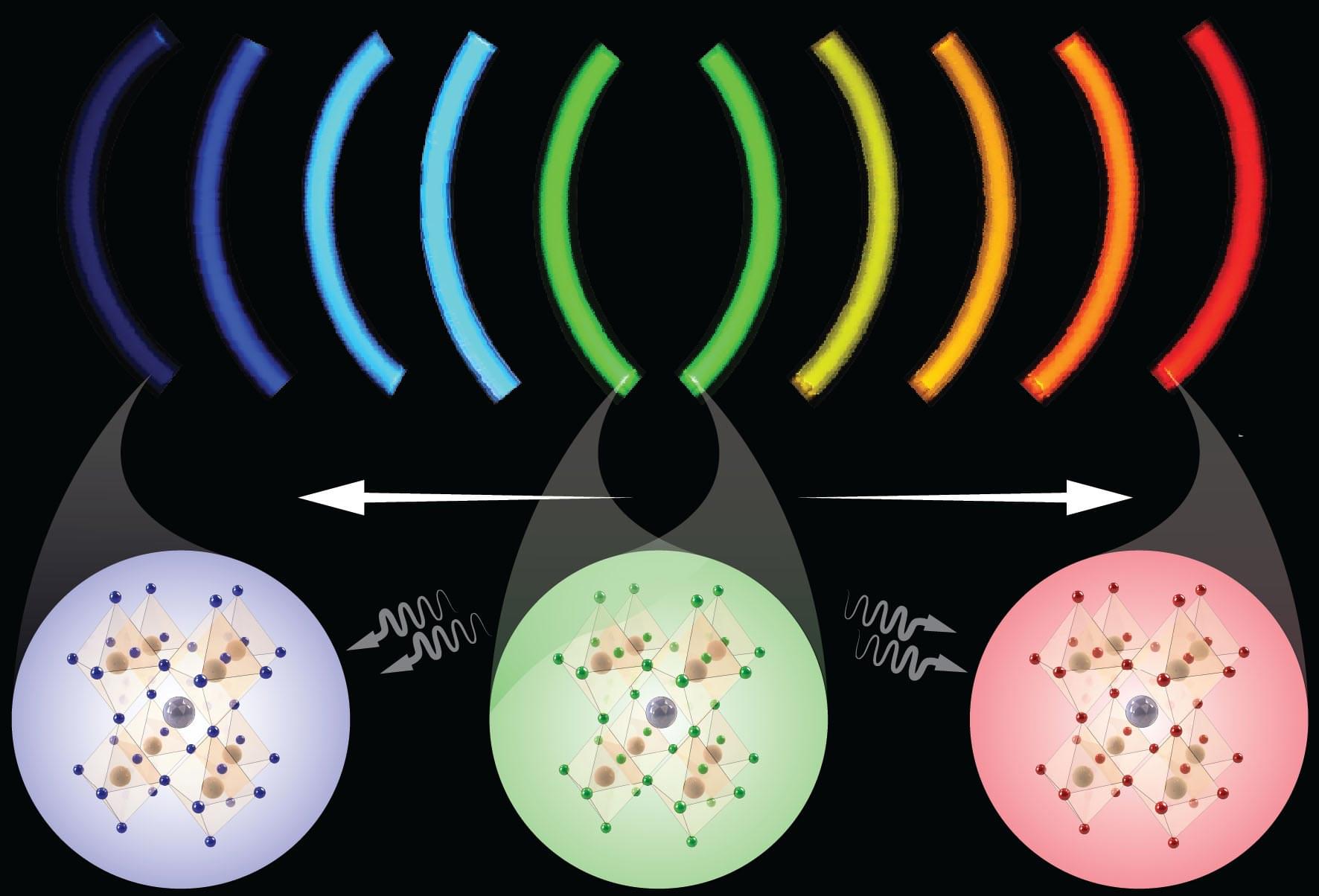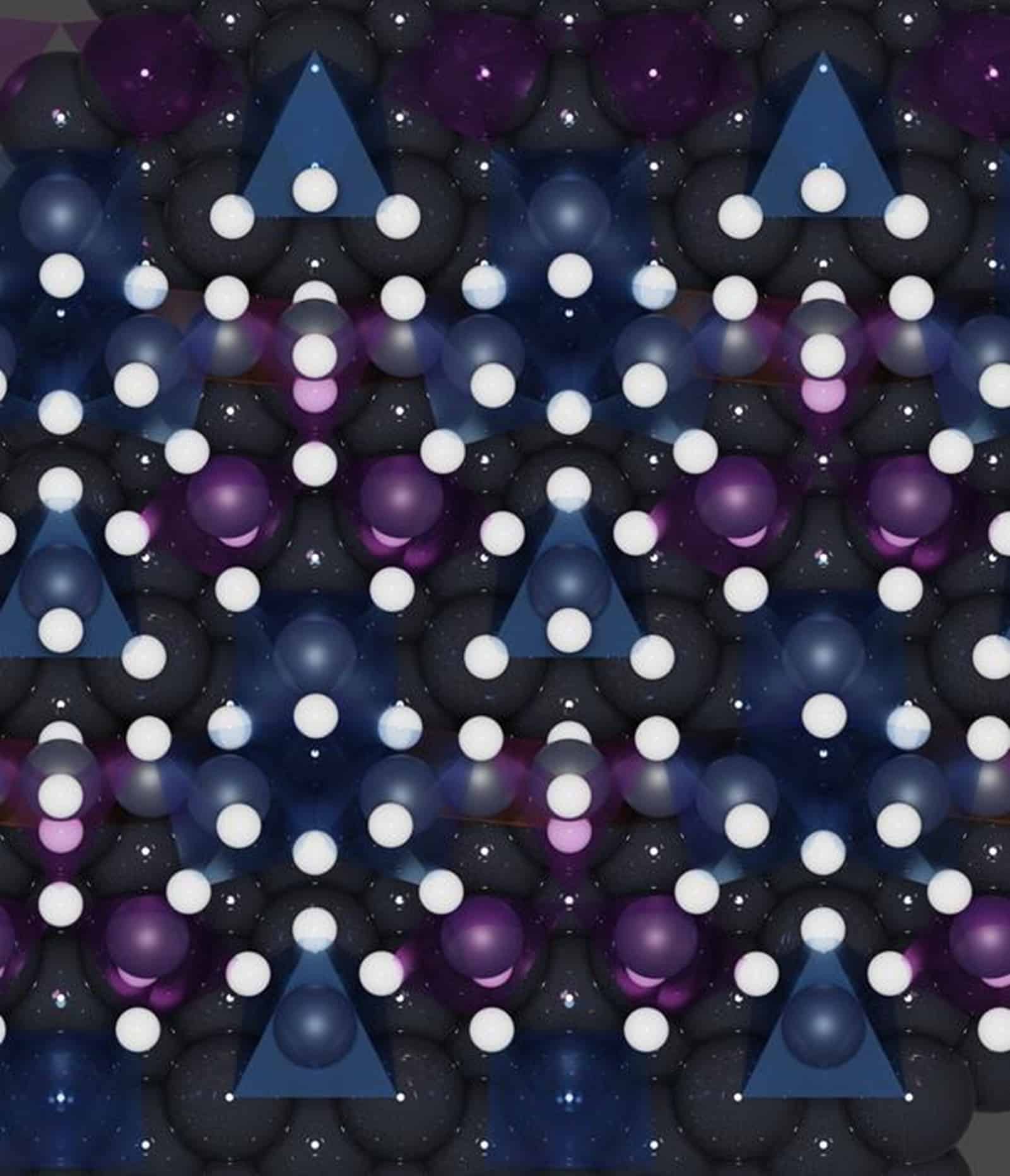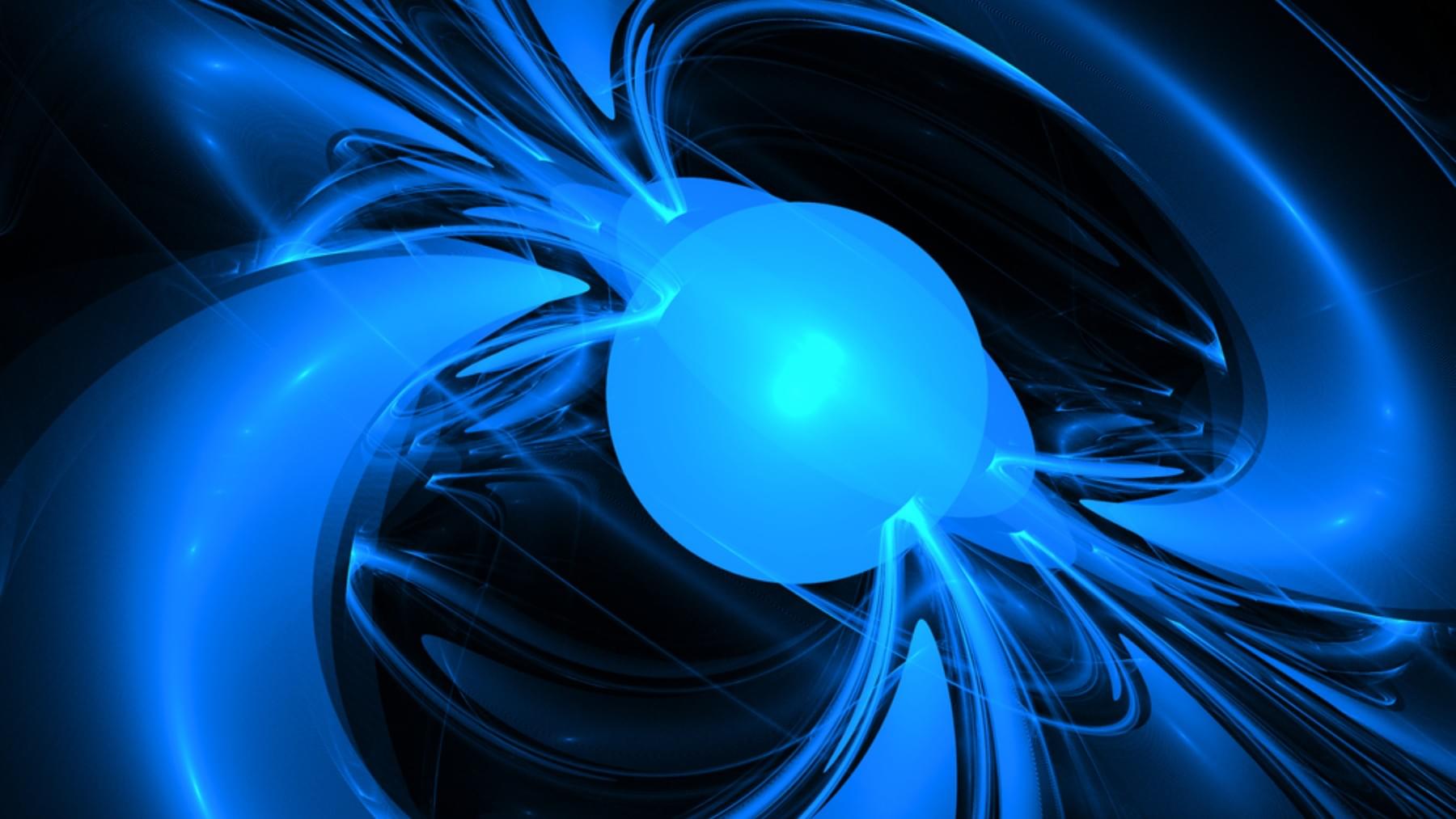Bill Gates recently got to check out the Omniprocessor, an ingenious machine designed and built by Janicki Bioenergy, which turns human waste into water and electricity.


The year one hundred two thousand twenty-three. A giant meteorite the size of Pluto is approaching the Solar System. It flies straight to Earth. But as the meteorite crosses Saturn’s orbit, a swarm of miner probes approaches it. The scan revealed no minerals on the object, so the searches returned with nothing.
Meanwhile, the Space Security Center in Alaska military personnel are setting up a laser. The Solar System witnesses a sudden flare and nothing remains of the dwarf-sized meteorite. Now, unless hydrogen miners on Jupiter post videos of another annihilation on social media… This is what the world will look like when humanity finally becomes a Type Two civilization on the Kardashev scale. We’ll have almost infinite energy reserves, the ability to prepare for interstellar flights, or to instantly destroy any threat. But will humanity really be safe? And what can ruin a Type Two civilization?
#eldddir_space #eldddir_earth #eldddir_homo #eldddir_animals.
#eldddir_disaster #eldddir_ocean #eldddir_bombs #eldddir_future #eldddir_tech #eldddir_jupiter #eldddir_mars #eldddir_spacex #eldddir_rockets

Researchers at the University of Bayreuth present novel electrospun nonwovens in Science Advances that exhibit an unusual combination of high electrical conductivity and extremely low thermal conductivity.
The nonwovens represent a breakthrough in materials research: it has been possible to decouple electrical and thermal conductivity based on a simple-to-implement material concept. The nonwovens are made of carbon and silicon-based ceramic via electrospinning process and are attractive for technological applications, for example, in energy technology and electronics. They can be manufactured and processed cost-effectively on an industrial scale.
Normally, high electrical conductivity is associated with high thermal conductivity, and low thermal conductivity goes with low electrical conductivity. However, in many high-tech industries, there is growing interest in multifunctional materials that that combine good electric with low thermal transport.

This approach is not only faster and more energy-efficient but also delivers precise control over the material’s optical properties.
Light-Powered Quantum Dot Tuning
Researchers at north carolina state university.
Founded in 1887 and part of the University of North Carolina system, North Carolina State University (also referred to as NCSU, NC State, or just State) is a public land-grant research university in Raleigh, North Carolina. NC State offers a wide range of academic programs and disciplines, including the humanities, social sciences, natural sciences, engineering, business, and education. It is known for its strong programs in engineering, science, and technology and is a leader in research and innovation. It forms one of the corners of the Research Triangle together with Duke University in Durham and The University of North Carolina at Chapel Hill.

For nearly two decades, scientists have been puzzled by the corrosion of negatively polarized platinum electrodes, a costly issue for water electrolyzers used in hydrogen production and electrochemical sensors.
Now, researchers at the Department of Energy’s SLAC National Accelerator Laboratory and Leiden University have identified the culprit, paving the way for cheaper hydrogen energy and more reliable sensors.
Among the most intriguing ideas is warp drive—a concept that challenges Einstein’s Theory of Relativity by suggesting faster-than-light travel might be possible by warping space and time.
In 1994, theoretical physicist Miguel Alcubierre introduced the idea of a space-time bubble that could contract distances ahead of a spacecraft while expanding them behind it. His model, known as the Alcubierre drive, suggested a loophole in relativity that could, in theory, allow faster-than-light travel. Yet, most scientists dismissed it as impossible due to extreme energy requirements.
Not everyone was ready to abandon the idea. Joseph Agnew, an undergraduate at the University of Alabama, set out to explore whether the theory held up mathematically. “If you fulfill all the energy requirements, they can’t prove that it doesn’t work,” he stated in a university press release.


A breathtaking new image of the RCW 38 star cluster showcases a cosmic nursery bursting with color, light, and energy.
Located 5,500 light-years away, this region teems with young, newly formed stars and swirling clouds of glowing gas. The European Southern Observatory’s powerful VISTA telescope cuts through the dust to reveal hidden celestial wonders, offering astronomers a rare glimpse into the chaotic beauty of star birth.
A stunning glimpse of RCW 38.

And understanding these waves a little better could help scientists better predict when and where they’ll happen, as well as how strong they’ll be. That could be vital to the safety of satellites orbiting our planet, which are vulnerable to solar storms and other sudden bursts of radiation from deep space.
“These high-energy electrons are known as ‘killer electrons’ because they have damaged several satellites, costing hundreds of millions of dollars,” wrote Horne. “Chorus waves are now included in forecasting models that are designed to protect these satellites.”